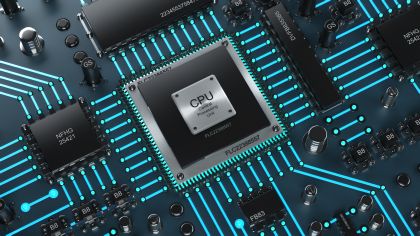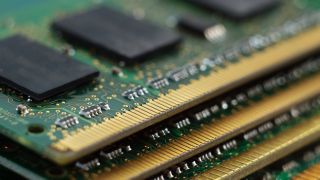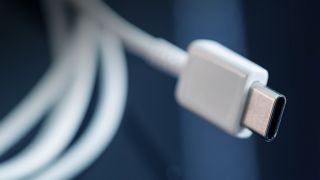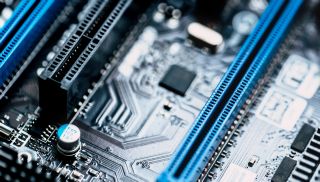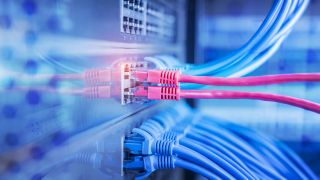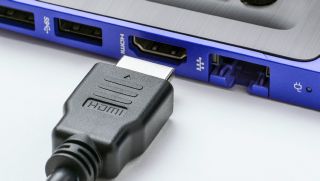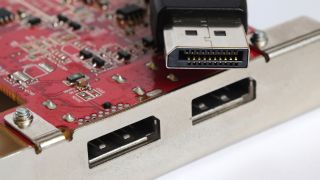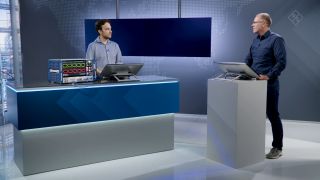High-speed digital interfaces: verification, debugging and compliance testing
Our test and measurement solutions for high-speed digital interfaces
No matter which application, whether wireless communication, aerospace and defense, high data rate automotive systems, or many more, device designers are faced with the challenges of improving performance due to faster processing at higher frequencies, while retaining manageable signal integrity and power consumption. Clock rates in the past 25 years have increased from a maximum of 200 MHz to up to 4,000 MHz, while voltage levels have dropped from 2.6 volts to 1.1 volts. Every digital signal-processing device includes a wide range of digital interfaces both between the device modules and for input/output. Reliable, fully defined, and standardized high-speed serial interfaces to maximize data flow while minimizing data loss and controlling costs, are an essential part of the solution for any high-speed design.
High speed serial interface performance can only be measured reliably with high performance test equipment:
- For testing whether cables and connectors conform to specification, the R&S®ZNA or R&S®ZNB Network Analyzer with time domain options and a suitable test fixture provide all required measurements for full compliance test up to the highest data rates supported by any mass market commercial standard. To dramatically reduce test times, and increase test reliability R&S®ZNrun provides unique automation for compliance tests with R&S network analyzers. For development applications, customize the tests.
- For transmission and receiver tests on many high-speed serial digital interfaces, Rohde & Schwarz oscilloscopes meet all requirements for test and measurement for the complete process of device development, performance validation, and conformance test. Rohde & Schwarz oscilloscopes feature market-leading data acquisition and sample rates to maximize signal detail, leading memory depth for the longest signal samples, and the unique digital trigger operating with the same maximum resolution for signal parameters as can be measured, across the full bandwidth.
The increasing modularity and interoperability requirements for all electronic devices have the result that for most high-speed digital interfaces, just a few Standards now dominate the market, depending on the purpose of the interface. Most of these Standards include a range of speeds, to suit the application, signal integrity, and cost requirements:
- DDR
For processor to memory data exchange, Double Data Rate (DDR) Synchronous Dynamic Random Access Memory (SDRAM) dominates the CPU to RAM interface. - PCIe
The PCIe bus serves as the primary motherboard-level interconnect for computer processors, connecting the host system processor with both integrated-peripherals (surface mounted ICs) and add-on peripherals (expansion cards.) - USB
Initially introduced for data exchange with peripheral computer equipment such as printers and keyboards, USB has evolved from a data interface capable of supplying limited power, to a provider of power with a data interface using a single cable, and is superseding all other computer interfaces apart from uncompressed video. - HDMI
High Definition Multimedia Interface is the interface most frequently used for transmitting digital video and audio data using a single cable from a processing unit to a screen and audio devices. - Ethernet
The wide range of IEEE 802.3 standards completely dominate data communication between networked computing devices, from simple to complex network topology. - Display port compliance testing
Understand VESA DisplayPort certification and discover solutions for DisplayPort compliance testing




